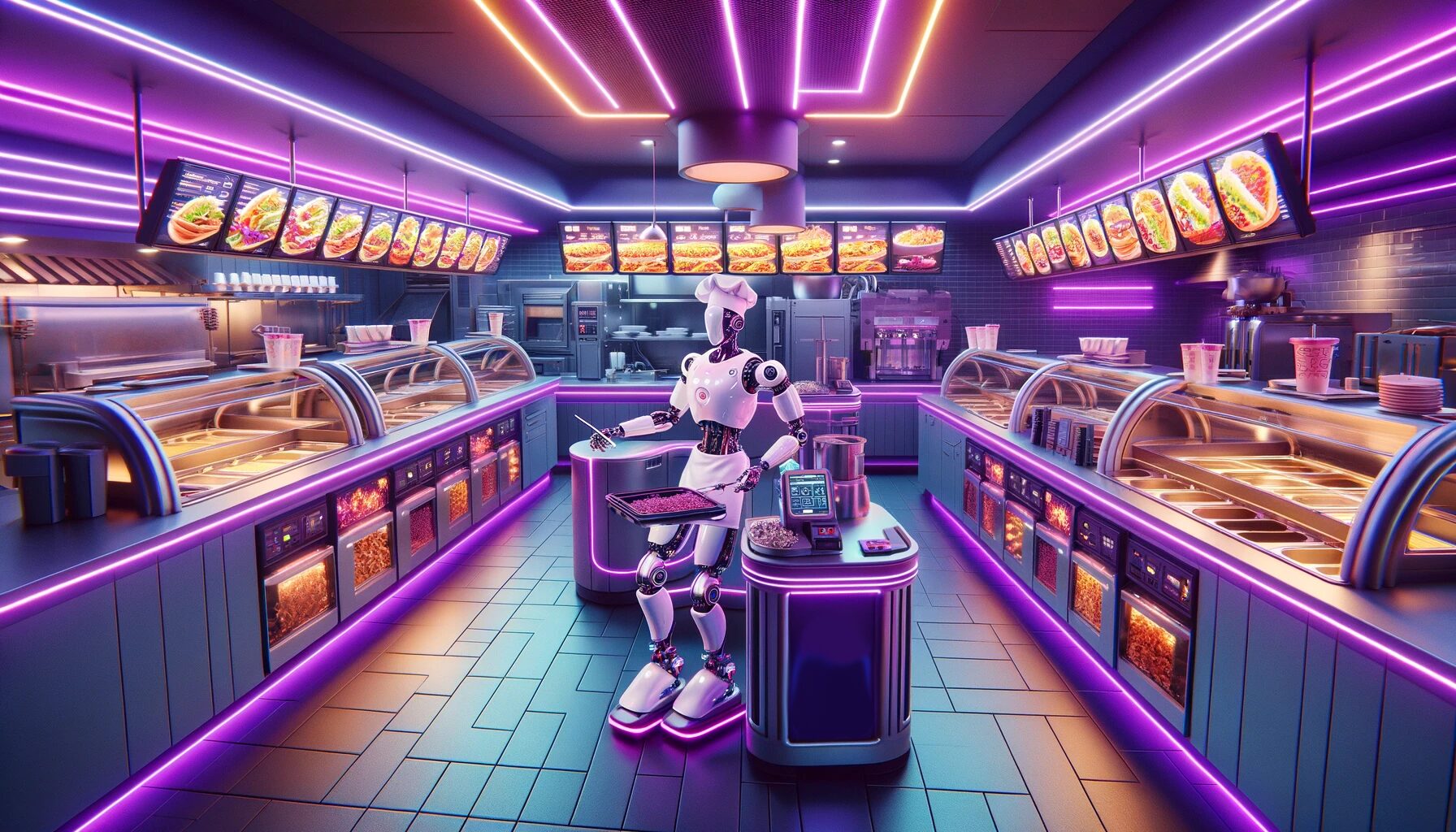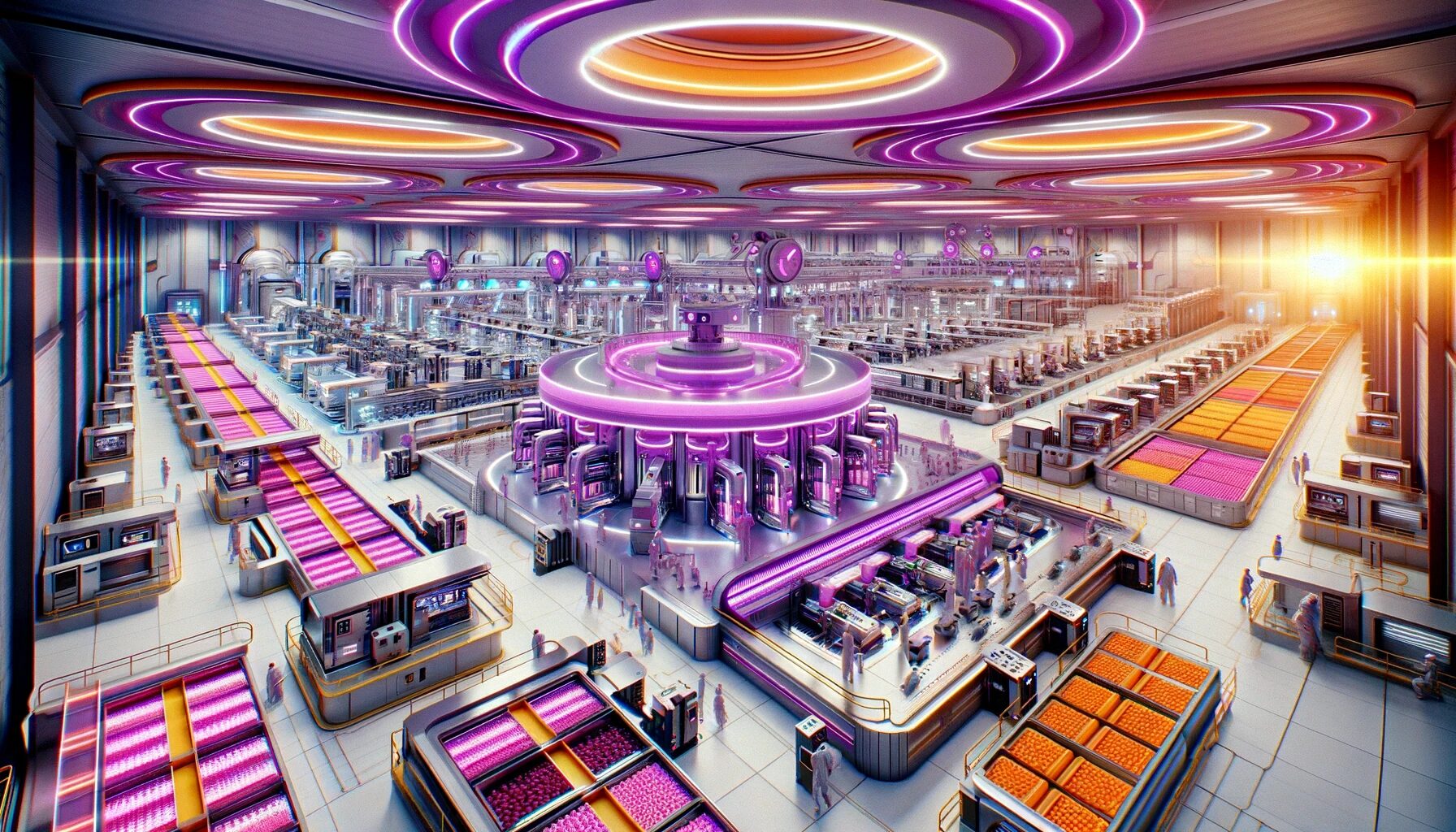LIGHTING THE WAY IN FOOD SERVICE
Crafting Supreme Food Experiences
- Owner of Knockout Lighting Design Inc.
Shedding Light on Commercial Culinary Spaces
Lighting in the commercial food service sector transcends mere visibility, playing a role in aspects ranging from safety and hygiene to the shaping of customer experiences.
This guide offers a look at Illuminating Engineering Society (IES) recommended light levels, providing insights and actionable advice for the implementation of effective lighting plans across food service settings.
The IES is renowned for establishing the gold standard in lighting protocols, harmonizing technical precision with pragmatic application. Adhering to their guidelines not only assures efficiency and safety in lighting systems but also significantly contributes to the enhancement of both aesthetic appeal and functionality within food service environments.
Seasoned IES Recommended Light Levels
Food Preparation Areas: Require bright, shadow-free lighting to ensure safety and proper hygiene. The IES recommends illumination levels between 50-100 fc. This level allows for detailed tasks like chopping, and cleaning to be performed safely and efficiently.
Food Storage and Cold Storage: Lighting in these areas should enable staff to easily inspect and manage inventory without compromising the quality of the food. While specific levels can vary depending on the type of food stored, a general guideline is to provide sufficient illumination (around 10-20 fc) while avoiding lights that emit too much heat or harmful rays.
Dining Areas: The dining experience is greatly influenced by lighting. The IES suggests a range of 3-6 fc, which can be adjusted to create the desired mood and atmosphere. This range allows for enough light to dine comfortably while maintaining a cozy ambiance.
Food Displays: These areas need to be well-lit to showcase food attractively. Illumination levels between 30-100 fc are recommended to highlight the freshness and quality of the food, making it more appealing to customers.

Lighting Fixtures and Building Code Compliance
Selecting the right fixtures is critical for adhering to codes. High bay lights are suitable for large, open areas like storage and preparation zones. Troffers and flat panels are ideal for areas requiring uniform, diffused lighting, such as kitchens.
It’s also essential to choose fixtures that comply with emergency lighting requirements, and environmental suitability (e.g., moisture-resistant fixtures in damp areas).
International Variations in Standards
The world of lighting standards for food service is not uniform; it varies significantly across continents, with each region prioritizing different aspects based on cultural, environmental, and regulatory factors. A detailed examination reveals how these differences manifest, specifically between European and North American standards.
European Standards: A Focus on Energy Conservation and Sustainability
Regulatory Framework: European standards are deeply influenced by a robust regulatory framework that prioritizes environmental sustainability. This includes regulations like the Energy Performance of Buildings Directive (EPBD) and Ecodesign Directive.
Energy Efficiency: There’s a strong emphasis on reducing energy consumption in lighting design. This includes the use of energy-efficient lighting fixtures, such as LEDs, and incorporating natural light wherever possible.
Sustainability Practices: European standards often integrate sustainable practices, like lifecycle assessments of lighting products and the promotion of renewable energy sources.
Green Certifications: Facilities are encouraged to adhere to green certifications like LEED or BREEAM, which include stringent lighting efficiency criteria.

North American Standards: Emphasizing Illumination Levels and Safety Features
Illumination Focus: North American standards, particularly those set forth by the IES, place a significant emphasis on the level of illumination, ensuring that each area of a food service facility is adequately lit for safety and functionality.
Safety Regulations: There’s a strong emphasis on meeting safety regulations, which includes proper illumination in emergency and evacuation scenarios, and ensuring that lighting does not create hazardous conditions.
Adaptability and Flexibility: North American lighting standards are designed to be adaptable to a wide variety of food service settings, from small cafes to large-scale dining facilities.
Building Codes: Compliance with local building codes is key, and these often include specific requirements for lighting in terms of brightness, durability, and emergency backup systems.
Comparative Analysis
Energy vs. Illumination: While European standards lean more towards energy conservation and environmental impact, North American standards tend to focus more on achieving optimal illumination levels and ensuring safety.
Regulatory Approaches: Europe’s approach is more regulatory-driven with a focus on overall sustainability, whereas North America tends to be more guided by industry standards and practical application in diverse environments.
Technological Adoption: Both continents are rapidly adopting LED technology, but Europe’s adoption is often driven by energy policies, whereas in North America, it is frequently driven by the need for better light quality and lower maintenance costs.
Conclusion
In commercial food service lighting applications, each area of a food service facility – from the bustling kitchen to the intimate corners of a dining room – demands its unique lighting strategy. By adhering to IES standards and considering the requirements of each area, one can navigate through the complexities of functionality, safety, and customer satisfaction with a blend of grit and finesse.
Foot-candle to Lux Converter
Disclaimer: This converter provides estimates only and is not a substitute for professional advice. Consult a qualified professional for detailed lighting planning and compliance with standards.
